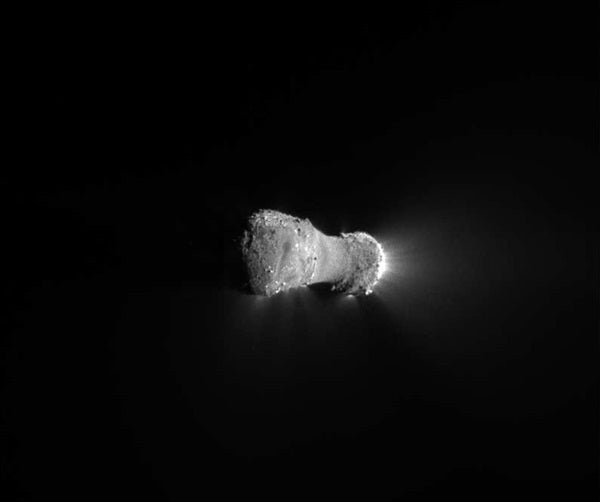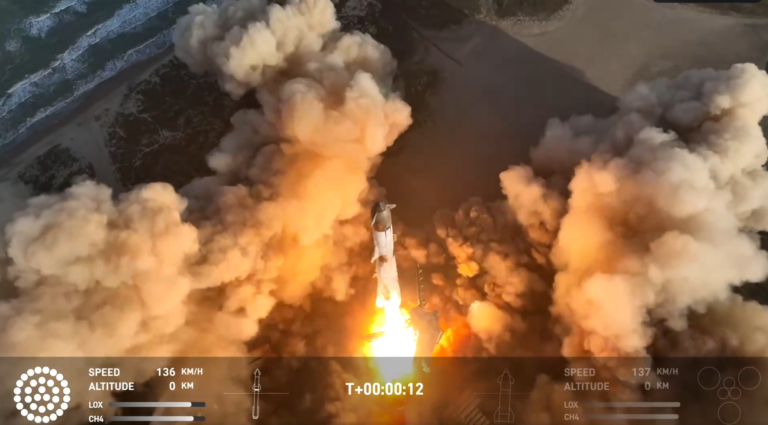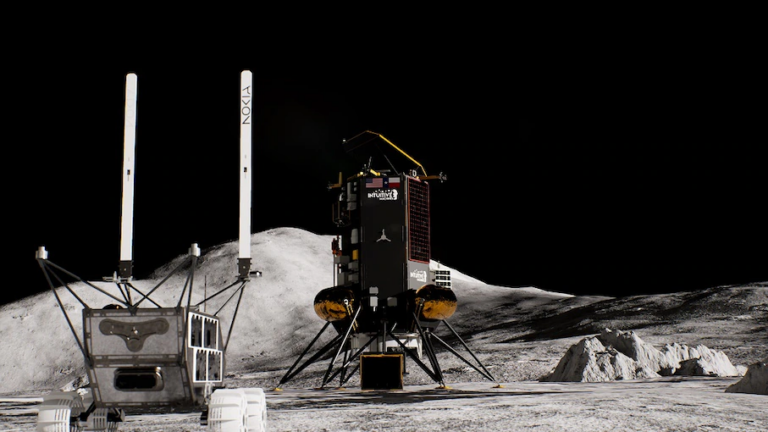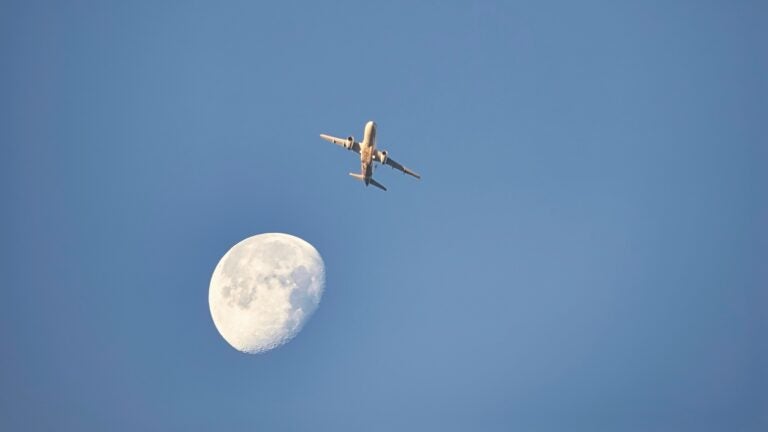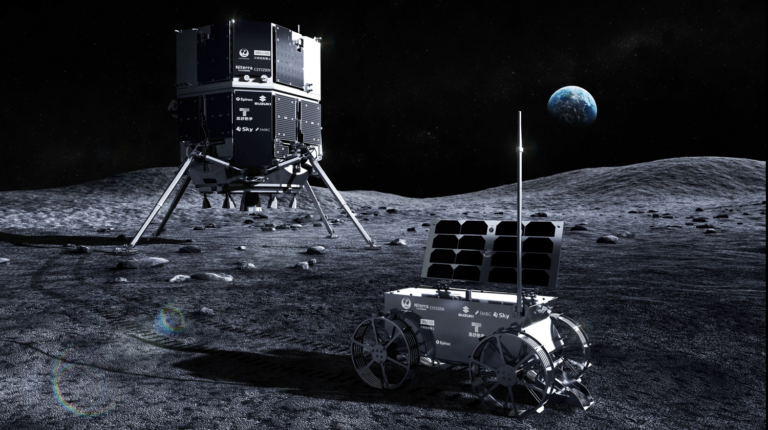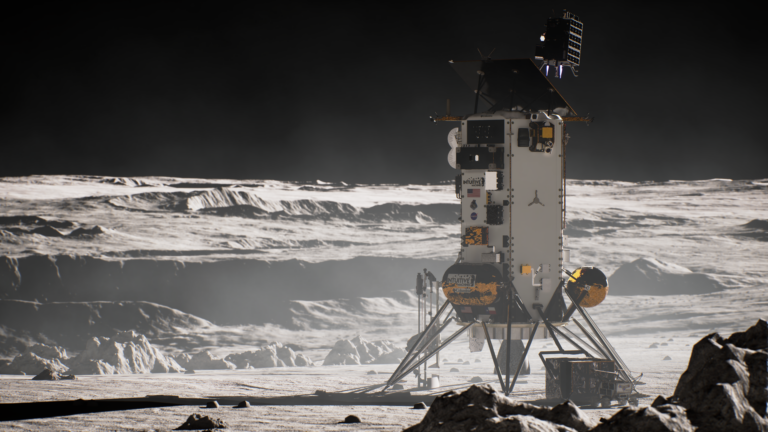The rendezvous with Hartley 2 is the third mission for the Deep Impact spacecraft. The first was in 2005 when the impactor aboard the Deep Impact spacecraft collided with comet Tempel 1 and excavated debris from the comet’s nucleus. Images captured by cameras aboard both the impactor and the flyby have been used by the scientific community to study the composition of Tempel 1. The second was the Extrasolar Planet Observation and Characterization (EPOCh) mission that ended in August 2008, providing observations of Earth in both visible and infrared wavelengths.
“Deep Impact is proving to be a spacecraft that keeps on giving,” said David L. Taylor from Ball Aerospace & Technologies Corp. in Boulder, Colorado. “When it launched in January of 2005, the Deep Impact mission was the priority, so it’s extremely rewarding to see a three-peat performance 6 years later that provides more beneficial science data.”
Science observations of comet Hartley 2 began September 5 with the mission’s encounter phase commencing the evening of November 3 when the spacecraft was about 18 hours from the time of closest approach to the comet’s nucleus. The spacecraft flew past the comet at approximately 8:00 a.m. MDT November 4 when the spacecraft was re-oriented to maintain imaging of the comet nucleus while pointing its high-gain antenna at Earth in order to begin downlinking nearly 5,800 images.
Hartley 2 is the fifth time that a comet has been imaged up close. In the months leading up to its closet encounter with Comet Hartley 2, the spacecraft responded to multiple commands to align itself for optimum viewing. Approximately the size of a subcompact car, the spacecraft had already used about half of its 23.5 gallons (85 kilograms) of hydrazine fuel to complete the encounter with Tempel 1. Following the Hartley 2 imaging, it still will have enough useable fuel, 1.1 gallons (4 kg), to support science observations from its current orbit, should NASA give it a new assignment.
The rendezvous with Hartley 2 is the third mission for the Deep Impact spacecraft. The first was in 2005 when the impactor aboard the Deep Impact spacecraft collided with comet Tempel 1 and excavated debris from the comet’s nucleus. Images captured by cameras aboard both the impactor and the flyby have been used by the scientific community to study the composition of Tempel 1. The second was the Extrasolar Planet Observation and Characterization (EPOCh) mission that ended in August 2008, providing observations of Earth in both visible and infrared wavelengths.
“Deep Impact is proving to be a spacecraft that keeps on giving,” said David L. Taylor from Ball Aerospace & Technologies Corp. in Boulder, Colorado. “When it launched in January of 2005, the Deep Impact mission was the priority, so it’s extremely rewarding to see a three-peat performance 6 years later that provides more beneficial science data.”
Science observations of comet Hartley 2 began September 5 with the mission’s encounter phase commencing the evening of November 3 when the spacecraft was about 18 hours from the time of closest approach to the comet’s nucleus. The spacecraft flew past the comet at approximately 8:00 a.m. MDT November 4 when the spacecraft was re-oriented to maintain imaging of the comet nucleus while pointing its high-gain antenna at Earth in order to begin downlinking nearly 5,800 images.
Hartley 2 is the fifth time that a comet has been imaged up close. In the months leading up to its closet encounter with Comet Hartley 2, the spacecraft responded to multiple commands to align itself for optimum viewing. Approximately the size of a subcompact car, the spacecraft had already used about half of its 23.5 gallons (85 kilograms) of hydrazine fuel to complete the encounter with Tempel 1. Following the Hartley 2 imaging, it still will have enough useable fuel, 1.1 gallons (4 kg), to support science observations from its current orbit, should NASA give it a new assignment.

